Balance Board
Login For Dealer Pricing
This board is a combination wobble and rocker board for strengthening the lower back, improving ankle range of motion and other benefits. Several colours, heights and sizes are available.
Balance and stability are crucial components of athletic performance in various sports and physical activities. To enhance these factors and reduce the risk of injuries, sports medicine professionals often utilize balance boards as a valuable tool in training, rehabilitation, and injury prevention programs. Balance boards provide a versatile and effective way to improve balance, proprioception, strength, and neuromuscular control.
In this article, we will explore the role of balance boards in sports medicine and delve into their applications and benefits for athletes.
Balance boards are widely used in sports medicine for balance training and rehabilitation purposes. They challenge the body’s equilibrium and force athletes to engage their core muscles, lower extremities, and stabilizing muscles to maintain stability. By incorporating balance board exercises into rehabilitation programs, athletes can regain neuromuscular control and joint stability following injuries or surgeries. These exercises help retrain proprioception, restore balance, and facilitate a safe and effective return to sports activities.
Balance boards play a vital role in injury prevention programs by improving an athlete’s balance and proprioception. Enhanced balance and proprioceptive abilities contribute to better body awareness, coordination, and reaction times. This, in turn, helps athletes maintain proper alignment, avoid falls, and reduce the risk of ankle sprains, knee injuries, and other common sports-related injuries.
Regular use of balance boards can strengthen the smaller stabilizing muscles around joints and improve dynamic stability, making athletes more resilient and less prone to injuries.
A strong and stable core is essential for optimal athletic performance and injury prevention. Balance boards engage the core muscles, including the abdominal, back, and hip muscles, as the body works to maintain balance. Regular use of balance boards can improve core strength and stability, enhancing athletes’ overall performance, power generation, and agility. A strong core helps athletes maintain balance during dynamic movements, transfer forces effectively, and reduce the risk of compensatory movements that may lead to injuries.
Balance boards are particularly beneficial for lower extremity rehabilitation. Athletes recovering from ankle sprains, knee injuries, or lower limb surgeries can use balance boards to improve joint stability, proprioception, and functional strength. Performing exercises such as single-leg balance, squats, lunges, and calf raises on balance boards helps to reestablish strength, neuromuscular control, and range of motion. The progressive nature of balance board exercises allows for tailored rehabilitation programs that meet the specific needs and progress of each athlete.
Balance boards offer the advantage of simulating sport-specific movements and demands. Athletes can incorporate balance board exercises that mimic the specific challenges they face in their sports, such as balancing on an unstable surface while performing soccer kicks or basketball dribbling. Sport-specific balance training helps athletes develop the specific neuromuscular adaptations required for their activities, improving their balance, stability, and overall performance on the field or court.
Balance boards are not limited to injury rehabilitation or sports-specific training. They can also be used as a versatile tool for cross-training and overall conditioning. Athletes from various disciplines can incorporate balance board exercises into their training routines to improve stability, core strength, coordination, and overall fitness. The variability and adaptability of balance board exercises allow athletes to continually challenge themselves and progress in their training.
Balance boards are highly valuable tools in sports medicine, supporting athletes in training, rehabilitation, injury prevention, and performance enhancement. By targeting balance, stability, core strength, and neuromuscular control, balance board exercises help athletes improve their overall athletic performance, reduce the risk of injuries, and facilitate successful rehabilitation

Login For Dealer Pricing
This board is a combination wobble and rocker board for strengthening the lower back, improving ankle range of motion and other benefits. Several colours, heights and sizes are available.

Login For Dealer Pricing
This versatile Inflatable Balance Disc replicates the movement and form of a ball when placed on any seat.

Login For Dealer Pricing
Pairs the MVP® platform topper with an inflatable product such as a CanDo® vestibular disc or balance stone.
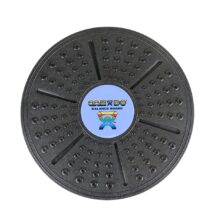
Login For Dealer Pricing
The CanDo® Economy Balance Board is a 14″ wobble board designed to help the user enjoy his or her workouts. Attractive and colourful packaging.
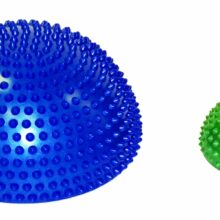
Login For Dealer Pricing
The CanDo® Inflatable Balance Stone is a multifunctional tool suitable for therapy or play activities.

Login For Dealer Pricing
CanDo®’s Multi Axial Platform System – Home features an elliptical board with off-centered pivoting system.
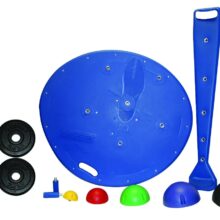
Login For Dealer Pricing
The CanDo® Multi-Axial Platform System – Professional is similar to the home use version but also includes adjustable Range of Motion settings and a weight training feature for even faster lower body rehabilitation. Components may be purchased individually or as a complete set.
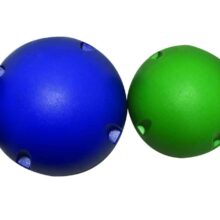
Login For Dealer Pricing
Individual components (wall racks, storage tubs and ball sets) of the CanDo® MVP® Balance System and the CanDo® Multi-Axial Platform System – Professional.
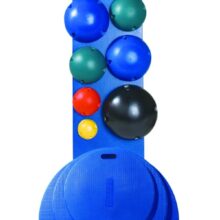
Login For Dealer Pricing
Balance training system that includes 3 different non-skid platforms (diameters 16″, 20″ and 30″), 10 color-coded instability balls (2 of each level from easiest to most difficult) and a wall rack for convenient storage.
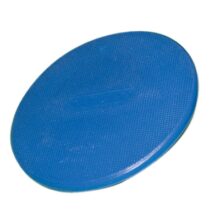
Login For Dealer Pricing
This is the MVP® platform component of the complete MVP System. Please note again that this product comprises the MVP Platform ONLY.
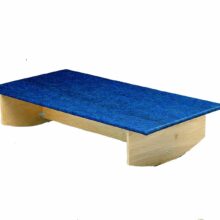
Login For Dealer Pricing
The CanDo® Rocker Board – Wooden with Carpet can be purchased in any of 3 different sizes and has a non slip “carpet” surface for added safety.

Login For Dealer Pricing
The Theraband Stability Disc offers a variety of features to help individuals improve balance, stability and core strength. It features:
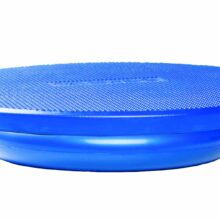
Login For Dealer Pricing
The CanDo® Stability Trainer – Advanced system pairs the MVP® platform topper with a CanDo® vestibular disc.

Login For Dealer Pricing